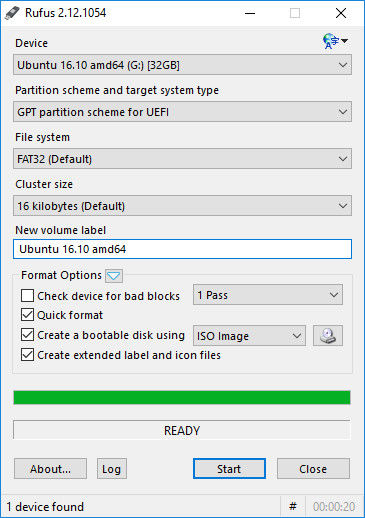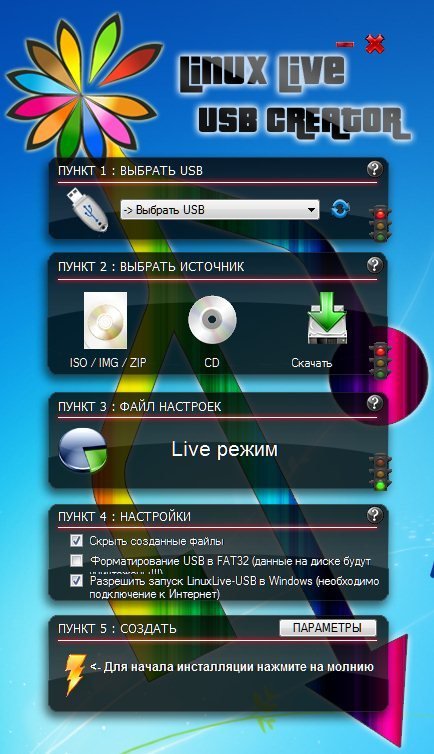

- #LINUX LIVE USB CREATOR FOR A MAC MAC OS#
- #LINUX LIVE USB CREATOR FOR A MAC INSTALL#
- #LINUX LIVE USB CREATOR FOR A MAC PORTABLE#
- #LINUX LIVE USB CREATOR FOR A MAC SOFTWARE#
- #LINUX LIVE USB CREATOR FOR A MAC DOWNLOAD#
One could keep a script on the flash drive to do any necessary configuration. Actually, if you're just interested in unix host systems, this might not be too hard.
#LINUX LIVE USB CREATOR FOR A MAC PORTABLE#
Besides being inherently less portable (it would only work on unix hosts with all necessary dependencies), you would need to configure each host system to properly access the files. Installing Wine and your prefixes and programs to a flash drive, without any underlying distro, is entirely possible.

However, with the ubiquity of USB ports, using a DVD would have essentially no advantages over a flash drive (except the lower cost of the disk) but many disadvantages (longer boot times and even a rewritable DVD would have limited capacity for updates, which would be very inconvenient)
#LINUX LIVE USB CREATOR FOR A MAC INSTALL#

Once you have a persistent live-USB ready and working, installing Wine itself shouldn't be too hard at all. This setting will allow your live-USB to record any changes to settings and files when you log off, which is exactly what you need to install Wine and your programs to the drive. Whether you choose a live-USB creator or to follow your distro's specific instructions manually, just be sure to enable persistence when you install the distro to your USB. If that doesn't work, you may just need to follow special instructions for manually creating your live-USB (Ubuntu's live-USB for OS X instructions are a good example)
#LINUX LIVE USB CREATOR FOR A MAC SOFTWARE#
This doesn't mean you can't create a portable installation for running on Macs the tool Mac Linux USB Loader supposedly can, but we haven't tested this software before.
#LINUX LIVE USB CREATOR FOR A MAC MAC OS#
As a result, even though UNetbootin runs on Mac OS X, it can't create a live-USB image bootable on OS X. Mac computers have a picky boot-loader and will not accept the file structure typically used on live-USBs.
#LINUX LIVE USB CREATOR FOR A MAC DOWNLOAD#
Not only can this create your live-USB install from a pre-downloaded ISO, or download the ISO itself, but it makes configuring other settings for your live-USB simple, and can be used entirely from within Windows. You can always just go to your preferred distro's website and download an ISO image, but another option definitely worth considering is the UNetbootin tool. If you don't have one in mind, two well-known Linux distros that historically focused on portability are KNOPPIX and Puppy, but most major distros including Fedora and Ubuntu now offer live-USB versions.Īnother distro you might find interesting is Zorin OS, which tries to make Linux as familiar to Windows users as possible and consequently includes a version of Wine right out of the box. The next ingredient is the ISO image of whatever distro you want to run Wine on. Anywhere from just a few to hundreds of GB for your programs and data, depending entirely on your needs.Another GB if you plan to keep and compile from source on the drive.1 GB or more for Wine itself and any dependencies.At least 3 to 4 GB for the base distro, though some only require a few hundred MB.To be sure you also have enough space, you'll probably want. The main thing you'll need is a properly formatted (FAT32) USB flash drive.


 0 kommentar(er)
0 kommentar(er)
